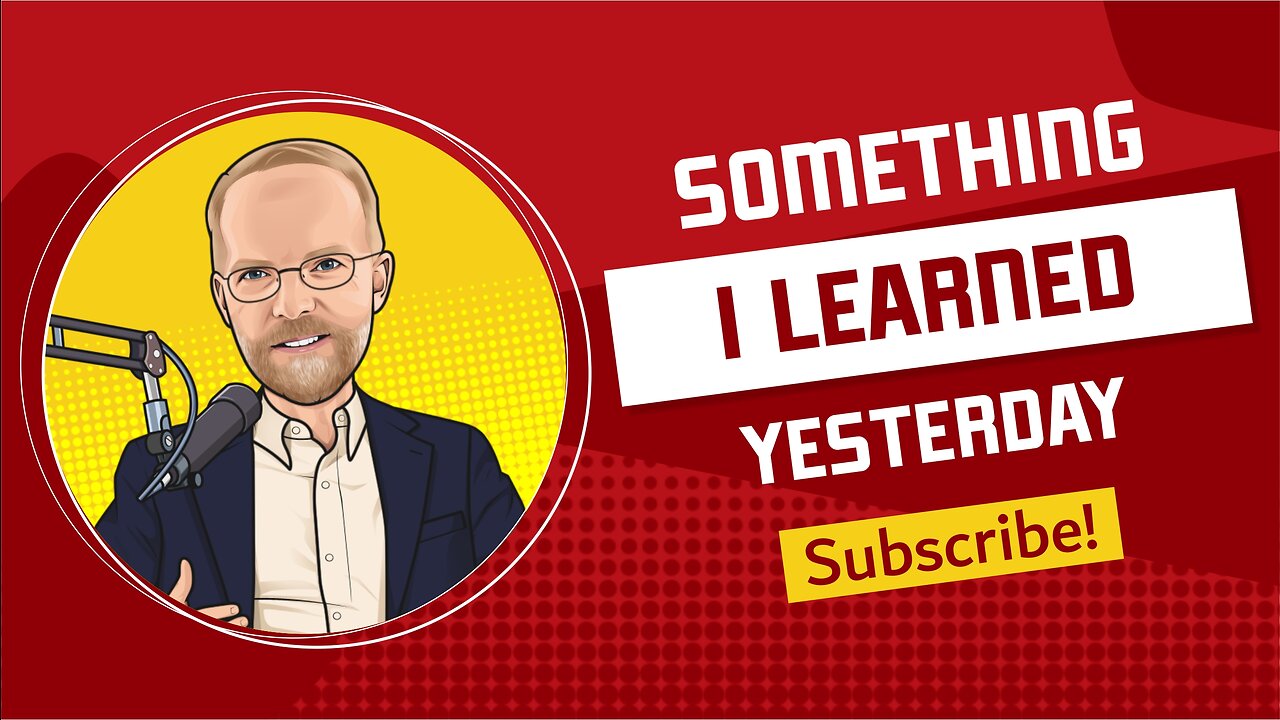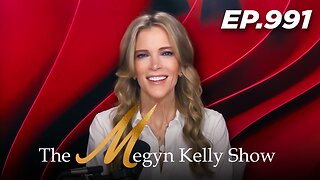Premium Only Content

A paywall success story from ELLE
I saw this headline: “How ELLE is using a dynamic paywall and continuous optimization to increase subscriber conversion rates.” That’s an article by Pierre de Villiers, distributed by Bo Sacks.
This is another article that came out of the FIPP World Media Congress, which some rich sponsor needs to send me to next year.
ELLE’s paywall strategy came out of three strategic challenges.
* Diversify revenue
* Enlarge the audience
* Make them younger
I’m very interested in how they made people younger.
ELLE worked with Poool, which is a French startup that focuses on audience conversion strategies and gives publishers the tools to monetise their content.
Poool has found that half of a site’s visitors never see premium content, and therefore never see the offer for the paywall.
Note that this assumes a certain paywall model, so I’m going to take a minute and summarize the major paywall models.
A hard paywall restricts access to most or all of a website's content.
With a metered paywall, users get some number of views before they get the subscription offer.
The freemium model offers a combination of free and premium content. Some articles or content are freely accessible to all users, while others are restricted to subscribers. That’s the type ELLE used.
A dynamic paywall uses a flexible approach to restrict access based on various factors. Smart publishers should connect a dynamic paywall with AI, to figure out what those factors should be.
An article pass, or maybe a one-day ticket, allows users to pay for a particular article, or access the site for a very limited period of time. This is similar to pay-per-view.
A membership or subscription bundle might grant early access to content, ad-free browsing, or special community features.
Finally, there’s the hybrid model, which isn’t a model at all, but a collection of some of these other options.
ELLE’s challenge was to get more people to see the subscription offer, because they were using a freemium model, which means some people might never see the premium content, and therefore they wouldn’t see the paywall offer. They did this by promoting premium content – very visibly – with a call to action.
Another challenge is making sure people actually see the paywall offer once they get to the premium content. This is a question of balancing frustration and engagement. You want to engage the user enough to view the content, but then you frustrate them with the paywall.
ELLE’s editorial team works to ensure that the premium article is eye-catching and compelling.
They also found a few very interesting techniques for better conversion.
* Move the paywall up the webpage
* Change the paywall regularly – like the color of it
* Adapt the paywall to the user’s level of engagement, their location, and whether they’re on mobile or desktop
* Shrink the registration page and make sure it’s just one page
Links
How ELLE is using a dynamic paywall and continuous optimisation to increase subscriber conversion rates
https://www.fipp.com/news/how-elle-is-using-a-dynamic-paywall-and-continuous-optimisation-to-increase-subscriber-conversion-rates/
Poool
https://www.poool.fr/products/dynamic-wall
Bo Sacks
https://www.bosacks.com/
-
 28:15
28:15
Degenerate Plays
11 hours agoTwo Birds' Secret Meeting - Gotham Knights : Part 26
2.47K1 -
 12:29
12:29
Mr. Build It
5 days agoWish I Knew This Before I Started Building It
35.5K15 -
 2:03:57
2:03:57
Megyn Kelly
2 days agoNew Trump Derangement Syndrome, and How CNN Smeared a Navy Veteran, w/ Piers Morgan & Zachary Young
135K172 -
 10:05
10:05
DIY Wife
3 years agoHow We Flip Old Furniture For Profit!
70.2K58 -
 2:14:54
2:14:54
TheSaltyCracker
9 hours agoTrump Goes Gangster ReeEEeE Stream 01-26-25
146K297 -
 4:42:13
4:42:13
Due Dissidence
18 hours agoTrump Calls To "CLEAN OUT" Gaza, Swiss ARREST Pro-Palestine Journalist, MAGA's Hollywood Makeover?
66.9K89 -
 2:02:20
2:02:20
Nerdrotic
10 hours ago $19.97 earnedDECLASSIFIED: JFK, MLK UFO Immaculate Constellation Doc | Forbidden Frontier #089
88.3K17 -
 3:00:14
3:00:14
vivafrei
18 hours agoEp. 248: "Bitcoin Jesus" Begs Trump! Rekieta Gets Plea Deal! Pardons, Deportations, Bird Flu & MORE!
206K220 -
 3:44:06
3:44:06
Rising Rhino
17 hours ago $13.83 earnedWashington Commanders Vs Philadelphia Eagles: NFL NFC Championship LIVE Watch Party
97.7K4 -
 13:00
13:00
Exploring With Nug
12 hours ago $7.28 earnedHe Went To Get A Haircut And Vanished WIthout a Trace!
79.3K3